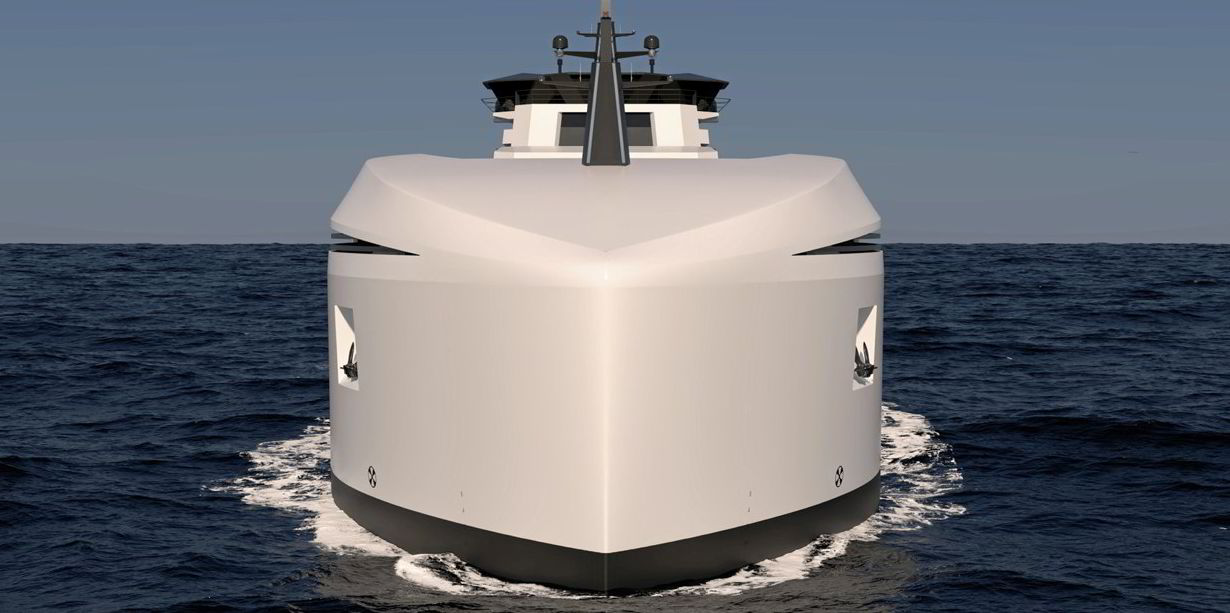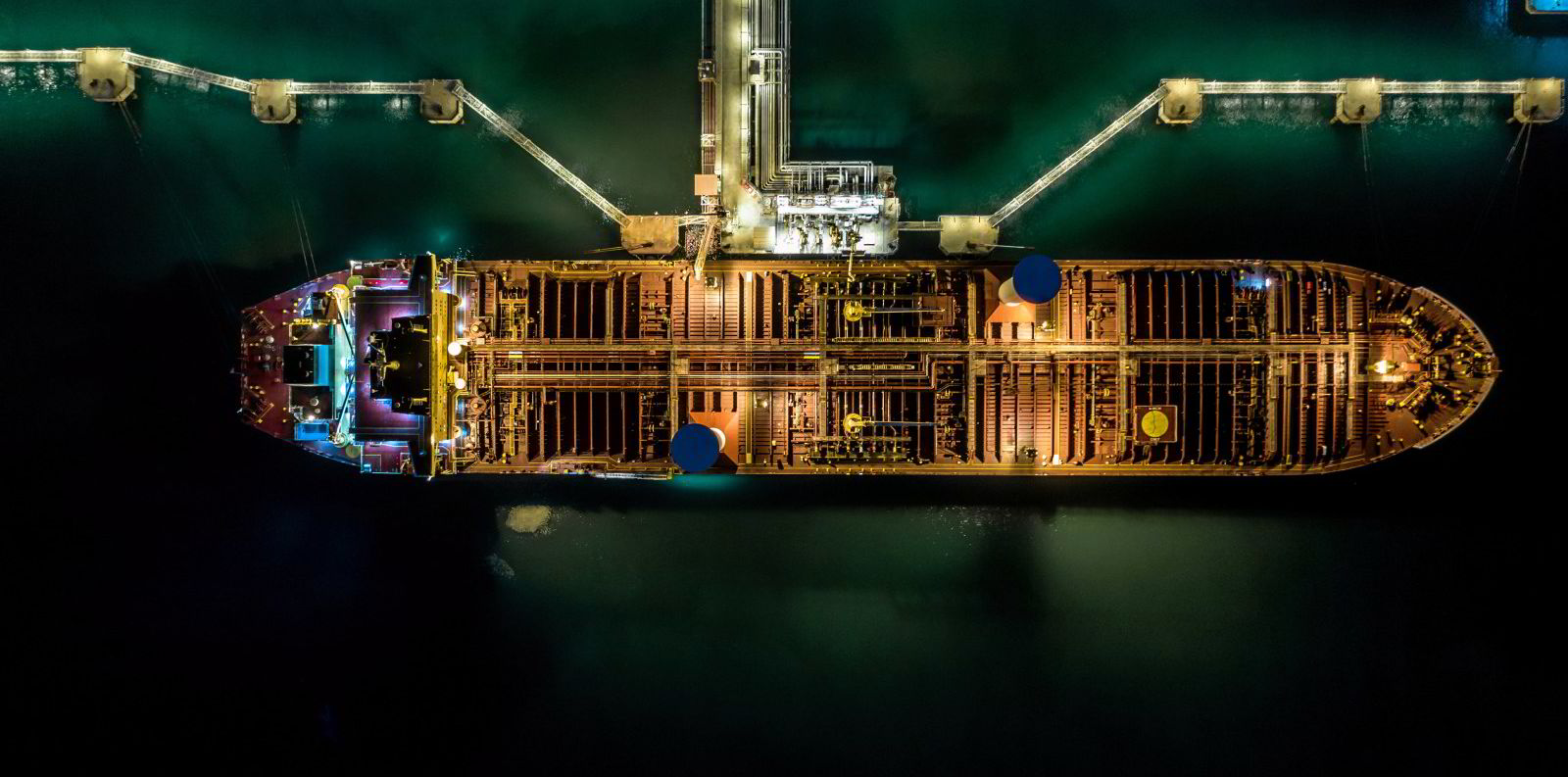Europe’s shipowners recently waded into a policy argument about making the road haulage industry greener. It was perhaps one of the first times that one industry sector lobby group has so brazenly stepped into the green fray of another.
Shipowners, it seems, are worried that Brussels’ policy idea to mandate trucks using biofuels could have a negative knock-on effect on the bloc’s shipowners getting access to renewable fuels.
Should clean energy go into one sector before another? Should policymakers dictate flows? Should we let the markets decide?
This is where the real battle is going to need to be fought. It is not whether you are in favour of ammonia, methanol, hydrogen, methane or even using onboard carbon capture. It is about availability and price and where shipping sits in the queue.
According to the Fourth IMO GHG Study 2020, international shipping consumed roughly 300m tonnes of fuel in 2018, most of it diesel and fuel oil, and produced about 800 to 900 tonnes of CO2 equivalent.
To achieve a 40% reduction by 2030, we are looking at roughly 120m tonnes of fuel being emissions-free. Lots of this will revolve around gaining access to green hydrogen as green methanol and green ammonia require those hydrogen atoms for their production — and of course it is not 120m tonnes, because these fuels have a much lower energy density than standard bunkers.
Switching those 120m tonnes to green methanol would create a demand for about 300m tonnes of the green fuel. If green hydrogen is not the chosen option, then bio-sources will be the alternative that the shipping industry needs to queue for.
Green energy is going to be in demand from many other industries that are also being put under pressure to decarbonise — the steel industry, for example. Steel produces about 11% of anthropogenic CO2 emissions, about 3.3 gigatonnes, and replacing coking coal or natural gas with hydrogen is one way for this sector to achieve reductions.
Green hydrogen depends on a supply of green electricity and the production of efficient electrolytes to turn water into hydrogen. The International Renewable Energy Agency notes that only 1% of global hydrogen output is produced with renewable electricity from wind and solar. This is the equivalent of 0.7 gigawatts in 2021 when closer to 5.0 terawatts will be needed to reach the 2050 goals.
Renewable hydrogen is also two to three times more expensive to produce than fossil fuels — and then there are the additional costs of producing fuels such as methanol, e-methane and ammonia, processes which in themselves will call for a supply of green electricity.

So, yes, industries being mandated to decarbonise need to see carbon prices rise, and some figures, I have heard, point to a carbon price of $1,000 a tonne to put diesel and fuel oils on par with green fuels.
But also, shipping needs to get a better feel of where it stands in the pecking order of fuel availability. There are some projects around the world focusing on supplying green fuels for shipping, but if a steel maker or other potential energy-demanding client also joins the market, what pressure will they have on these very uncertain market fundamentals?
Securing supply
AP Moller-Maersk has signed a legally binding offtake agreement with China’s Goldwind, and no doubt will do so with other green fuel makers. And other shipowners making calls on green fuel investments are making similar efforts to secure what little is available.
Some good news from the International Energy Agency is that electrolyser capacity to produce green hydrogen grew by more than 20% in 2022, and pipeline projects, suggesting capacity could be 3 GW by the end of the year, a fourfold increase over the year.
The early birds will get the green worm, even if they have to pay extra.
It is too early to tell, but with trucks, steel makers, cement makers and other sectors seeking green atoms and electrons in their decarbonisation journey, shipping is going to have to make its voice heard among the clamour and push to the front of the queue. Or it could just wait until the 11th hour and stand at the back of the line.




